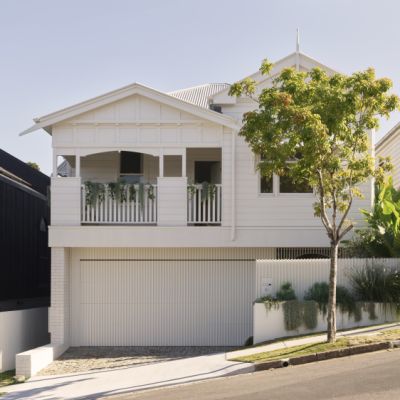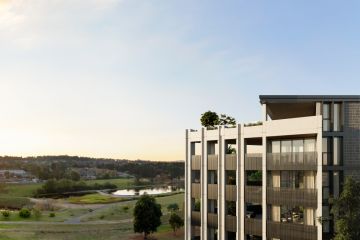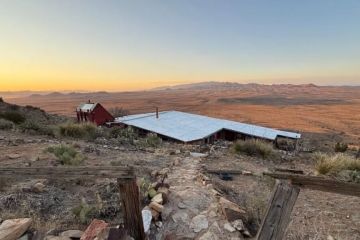Is it a better time to build or renovate a home yet?
Despite a recent easing of cost pressures, it’s still difficult to build and renovate a home in Australia, experts say.
Those with deeper pockets may have an easier time building and renovating, though, as the thinning number of builders were fighting hard for the few clients with the cash available to build.
Annual growth in construction costs peaked at a massive 20.5 per cent in the 2022 September quarter and has since fallen to 4.3 per cent over the June quarter, Ray White analysis of ABS data shows.
The situation wasn’t rapidly worsening as it was during pandemic lockdown years, Ray White chief economist Nerida Conisbee said, but any increases in costs would still bite given the COVID-era hikes had made building much more unaffordable.
“The rate of growth up until September 2022 was extreme – it was the biggest jump in construction prices ever,” she said. “We’re still seeing growth but it isn’t as extreme. It has picked up a little bit from the March quarter and then June again.
“Even though the rate of increase has slowed … We can’t build like we could three years ago.”
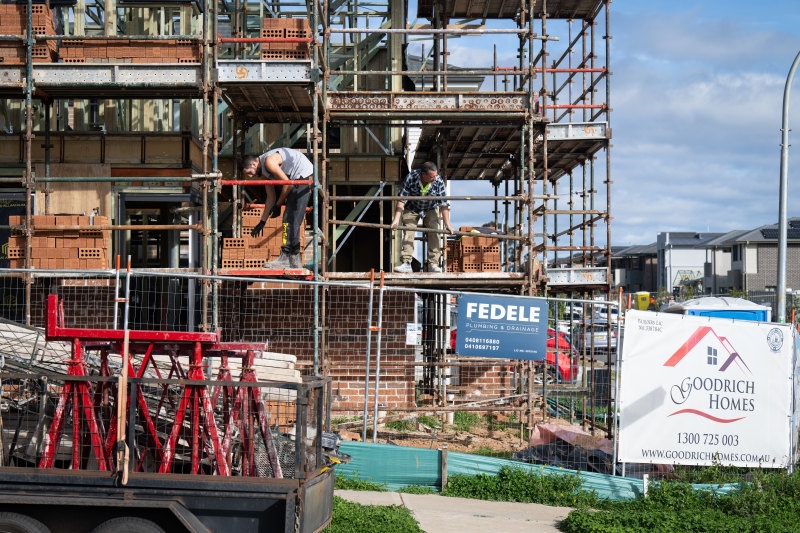
Lockdown-era building cost increases were mostly driven by supply chain disruptions and the knock-on effect on the price of building materials, Conisbee said, but this was no longer the case.
“The driver of the increases has changed. It was building materials … but now it seems to be more of a labour issue. It’s expensive and it’s hard to find labour,” she said. “We also have a lot of builders who have gone into receivership and there are fewer builders out there.”
Housing Industry Association chief economist Tim Reardon interpreted the rising cost of construction differently.
“Part of the reason why output prices are rising is that rising interest rates have reduced the number of marginal home builders in the market, leading to a rise in the average,” he said.
“[Customers] in the market are increasingly those that are cashed up, building their dream home and aren’t sensitive to interest rates.”
Reardon said the cost and time of housing construction had all but fallen back to pre-pandemic levels.
“The Producer Price Index for material prices is back to the rate of increase pre-pandemic, which is around that 1 to 2 per cent a year. That’s important because builders can build with certainty again,” Reardon said.
“With build times down from 40 weeks to less than 30 weeks, or also back to pre-pandemic build times [that] removes the risks that they were exposed to with fixed priced contracts.”
Reardon said it was a very price competitive market for new home building as a result because there were fewer customers in the market due to higher interest rates.
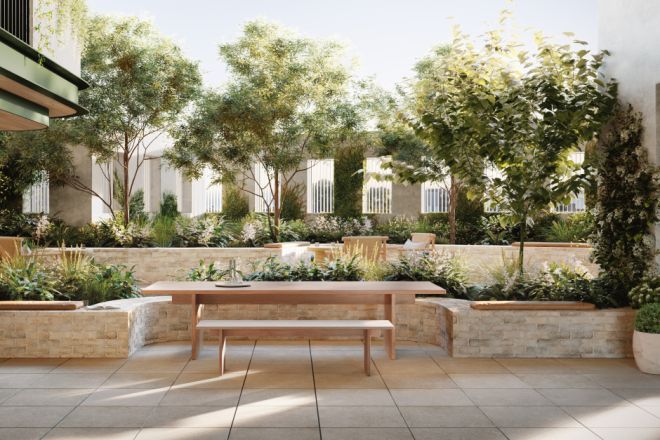
“Builders are now fiercely competing for customers because of the low volume of sales at present and the market is very price competitive now that builders have confidence they can complete the home within the contracted period and with relatively stable materials prices.”
Builders Collective of Australia national president Phil Dwyer said labour shortages had become the biggest issue facing the industry.
“The shortage of skilled people is a major issue,” he said. “That means that builders have problems completing contracts on time because they can’t get the skilled trades to complete the contract or meet the next stage. Most builders are still facing that.”
Dwyer said rising wages were putting more cost pressure on construction, and was mostly due to high wages achieved by construction staff on major projects and the rising cost of living.
“That becomes an ongoing issue which causes unrest within the industry,” he said. “If people are unsatisfied, they don’t work to the full extent and everything’s a grind.”
The Australia Institute senior economist Matt Grudnoff said that while construction wages growth had picked up recently, it continued to lag the cost of living.
“It is true that in the most recent Wage Price Index construction wages have picked up … for this [June] quarter wages increased 0.8 per cent. The Consumer Price Index that came out for the same quarter increased by 1 per cent,” he said.
“Whilst wages are slowly catching up, they haven’t even caught up. The idea that wages are driving these cost increases, it has to be wrong. They’re lagging behind the increase in housing prices.”
It was the cost of land that was driving up the cost of housing construction in Australia, he said.
“The biggest driver of housing prices is not the construction of housing, it’s the land and so therefore it’s a bit of a furphy to blame higher housing prices and the difficulty people are finding on getting into housing on the construction of housing,” Grudnoff said.
We recommend
We thought you might like
States
Capital Cities
Capital Cities - Rentals
Popular Areas
Allhomes
More

